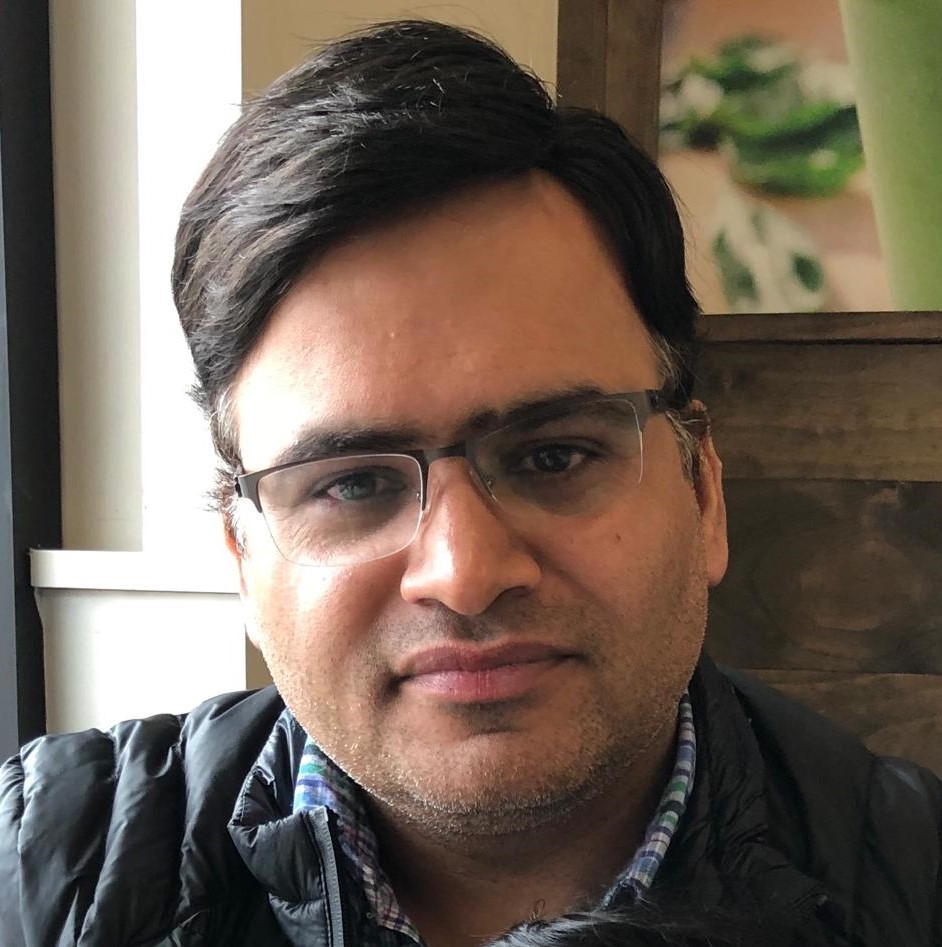The Future of Clinical Practice in Pakistan
Dr Kamran Zafar Ghumman
The way healthcare is delivered in a community has a significant impact on the health outcomes observed in that community. The system providing health services is structured very differently among various regions and countries; healthcare systems differ from each other based on several factors, practice patterns, administrative structures, and funding sources, for example. Among all these factors, practice pattern has the most significant influence on the health outcomes of individual patients. Practice pattern here means the number of physicians from a particular specialty who are providing services to a defined group of patients. Two practice patterns can be recognized broadly: solo-practice and group-practice. The solo-practice has been the predominant type in Pakistan.
In Pakistan, physicians starting private practice prefer to go on this venture on their own—the hallmark of solo-practice. However, establishing a solo private practice is a daunting task, requiring aggressive marketing, spending long hours at the clinic, and some good luck. Even after making all the previously mentioned efforts, it takes time to earn oneself a reputable name in a very competitive market of solo-practice. Not surprisingly, only a few physicians are able to establish burgeoning practices; rest remain struggling. Astonishingly, a physician’s knowledge and skills have little role in determining the success of his/her clinical practice.
The solo-practice has several disadvantages, however, both at an individual and system level. Well-established solo practitioners thrive on name-recognition for future patient referrals rather than the quality of care provided. Those physicians who are less successful in private practice may become impatient and may resort to unethical measures to entice patients to their clinic. This unhealthy competition can be detrimental to the healthcare system. Physicians in solo-practice spend long hours at their practice and usually have no time for exercise or sleep, which can lead to poor health–paradoxical to the disciplines they practice. They also don’t have enough time for their families, for which they are doing all that practice. Moreover, physicians busy in solo-practice are less likely to participate in any meaningful research activity due to lack of time. Patients also suffer due to this disparity in clinical practice patterns inherent to solo-practice. They may miss out on quality care by not visiting less-established but well-qualified clinicians who can offer them timely and appropriate advice. On the other hand, patients wishing to be seen by well-established clinicians may have to wait for prolonged periods for an appointment and still may not be able to attain clinicians’ full attention due to their tightly packed schedule. A study found that the practice size of physicians was related to within- hospital differences in the care of patients with heart attack; patients treated by solo-practitioners were less likely to receive heart procedures, suggesting solo-practitioners were less likely to follow the guideline.1 Group-practice is the answer to all the previously mentioned limitations of the solo-practice.
Group-practice means more than one physician from one specialty, such as cardiology, general surgery, or pulmonology, is responsible for all the patients seen in their practice. It is a predominant form of clinical practice in countries such as the United Kingdom and the United States. The structure of group-practice varies markedly based on several factors, including the number of physicians and locations of the practice. Some group-practices consist of only two physicians and have only one clinic, while others have several physicians on their panel who provide services at more than one location. New physicians joining a group-practice don’t usually have to worry about how they would get patients referred to them. The established platform of the practice incorporates new physicians seamlessly. Physicians can take a day off for any personal reason without scrambling to arrange a replacement or closing the clinic for the day—which happens with solo-practice–with the associated risk of losing patients. The schedule flexibility promotes a healthy quality of life for the practitioners.
Not only do physicians benefit from a group-practice, but patients also receive several useful services, including high-quality care and access to physicians round the clock as one of the physicians is on-call all the time. Patients’ perception of the quality of care they received in group-practice was higher than that they received in solo-practice.2 The benefits of group-practice go beyond those for physicians and patients. The group-practice creates new jobs, resulting in more economic activity in the region.
Opponents of solo-practice may oppose the relatively new concept of group-practice, citing lack of trust in partners in the form of “stealing” patients from the practice when partners leave the practice for any reason. This fear is legitimate because group-practice is not yet prevalent in Pakistan. Development and promulgation of legislation regarding group-practice could be one way to prevent this from happening. Furthermore, once group-practice becomes widely known, this phenomenon of “stealing” patients will die on its own. The potential risk of losing revenue—especially for well-established solo practitioners–would be another factor hindering the widespread adoption of group-practice. Solo practitioners tend to earn more as their practice flourishes over time. Although solo practitioners may appear to lose some revenue by espousing the group-practice, higher cumulative income can be expected in a group-practice compared to a solo-practice due to the even distribution of financial benefits over a clinician’s practicing life—and most importantly, it would come at much lower levels of stress.
In short, group-practice is more sustainable than solo-practice and is associated with a higher quality of life for physicians and higher quality of care for patients. I believe group-practice is the way to go for clinical practice in the future in Pakistan.
 — Kamran Zafar Ghumman MD is clinical assistant professor of Medicine at the University of South Carolina School of Medicine, Greenville, South Carolina, USA and an internal medicine physician at Prisma Health, Greenville, South Carolina, USA. He is a graduate of Quaid-e-Azam Medical College Bahawalpur, Pakistan.
— Kamran Zafar Ghumman MD is clinical assistant professor of Medicine at the University of South Carolina School of Medicine, Greenville, South Carolina, USA and an internal medicine physician at Prisma Health, Greenville, South Carolina, USA. He is a graduate of Quaid-e-Azam Medical College Bahawalpur, Pakistan.


